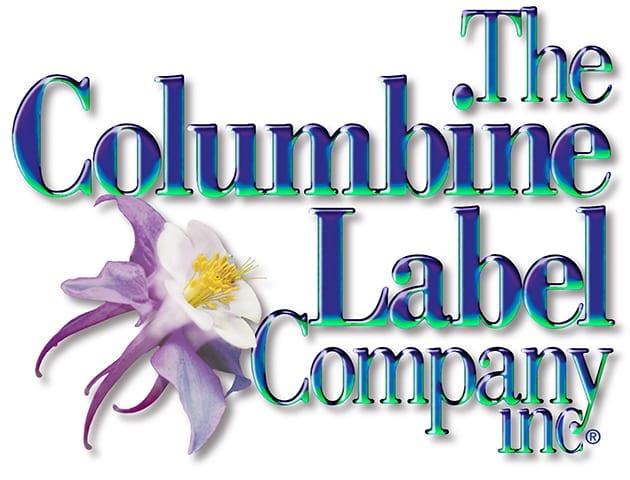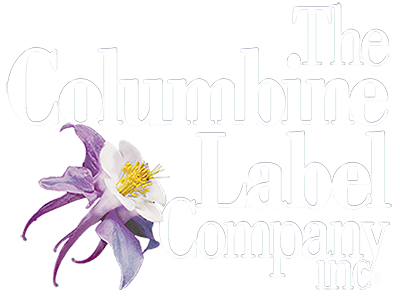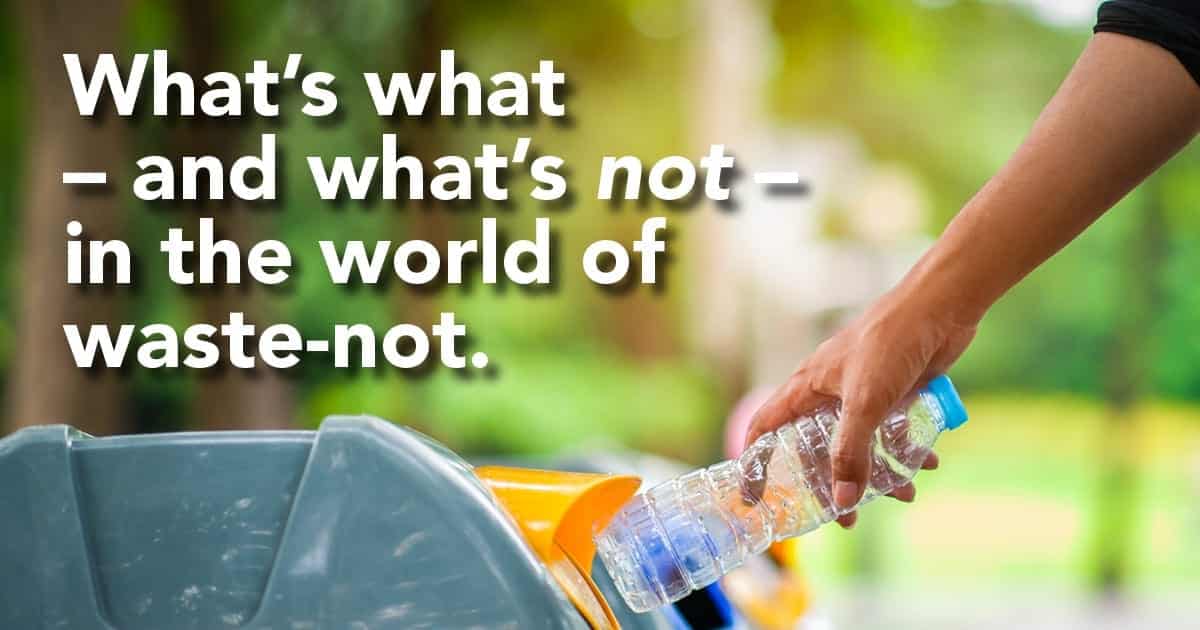How sustainability, recyclability, and compostability differ
In Part 1 of our Sustainability & Labels series, we discussed why it is imperative that brands incorporate sustainability into their product packaging and labels. Not only do consumers demand it, but research also shows many are willing to pay more for it.
Know before you “go”
But before you invest in new environmentally friendly packaging – from boxes and bottles to printed labels – it helps to understand what’s what, and what’s not, in the world of waste-not.
Sustainable packaging is often grouped into three categories:
Recycled content is made from pre and post-consumer materials. Pre-consumer material includes waste from manufacturing, such as leftover metal from factories or construction work. Post-consumer material is created from waste that has been diverted from landfills after the consumer has used it (e.g., paper products).
Biodegradable content is any material that can be broken down through a biological process (using, e.g., bacteria or fungi). In reality, everything – even disposable diapers – will eventually break down, but the less time a product takes to degrade, the better. Bioplastics derived from natural sources, such as vegetable fats/oils or cornstarch, fall into the biodegradable category.
Reusable content can be cleaned and subsequently reused. Examples include reusable shopping bags, corrugated cardboard boxes, pallets, and durable bulk containers. CPG packaging can be added to that list as well, thanks to innovative organizations that are making reusability more convenient for companies and their customers.
Experts at TLMI, the label, and the printed package trade association, say there is no scientific or universal way to measure if materials are biodegradable. Compostable, on the other hand, can be verified through tests, measurements, and certifications. TLMI notes, however, that once the adhesive has been added to any material, it is no longer compostable.
TLMI also cautions print consumers to be wary of claims that plastic or film is both compostable AND recyclable. Recyclers consider anything that composts or biodegrades as a contaminant and will not accept it.
The Biodegradable Products Institute (BPI) is the organization in North America that certifies composability. They are also an excellent source of information on what questions to ask your print provider about their sustainability claims, including this decision tree on ASTM D6868 /D6400, the two tests to confirm compostability.
Additional considerations
To complicate matters a bit further, when it comes to label and packaging components, regulations that restrict the composition of substrates, inks, and press consumables, and govern waste management, vary geographically, so material availability could be an issue depending on where you produce and sell your product.
One final consideration to be mindful of is sustainability claims in your marketing. According to FTC guidelines, “an environmental marketing claim should specify whether it refers to the product, the product’s packaging, a service, or just to a portion of the product, package, or service.”
In Part 3 of this series, we’ll take a look at what sustainable label materials are available today that help brands incorporate sustainability into product packaging to meet accelerating consumer demand for eco-friendly products.


